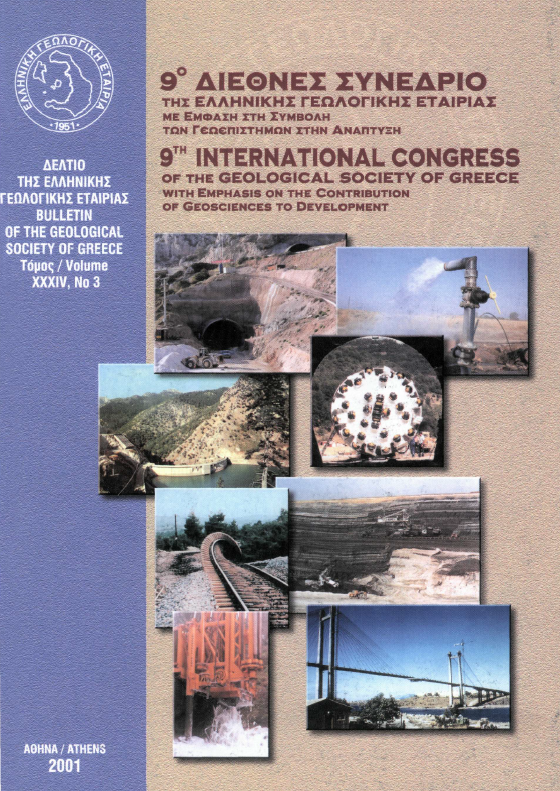Determination of kaolinite and halloysite crystallite size with X-Ray diffraction: implications for industrial applications
Résumé
Mean thickness and thickness distribution of kaolinite and halloysite clay fractions was obtained by X-ray diffraction, using the Bertaut-Warren-Averbach (BWA) technique, which determines the coherent scattering domain (CSD). Mean thickness of kaolinite and halloysite was 11.8 nm and 10.6 nm respectively and both minerals are characterized by lognormal thickness distribution. Laser scattering, which is often used by the industry, yielded considerably greater mean grain size and bimodal size distribution for both materials due to particle agglomeration. Agglomeration affects optical properties of mineral powders such as brightness adversely, because of light diffusion. A greater discrepancy in particle size determined by the two techniques might explain lower brightness observed in white powders.
Article Details
- Comment citer
-
CHRISTIDIS, G., & MAKRl, P. (2001). Determination of kaolinite and halloysite crystallite size with X-Ray diffraction: implications for industrial applications. Bulletin of the Geological Society of Greece, 34(3), 1163–1168. https://doi.org/10.12681/bgsg.17177
- Rubrique
- Industrial Minerals and Rocks

Ce travail est disponible sous licence Creative Commons Attribution - Pas d’Utilisation Commerciale 4.0 International.
Authors who publish with this journal agree to the following terms:
Authors retain copyright and grant the journal right of first publication with the work simultaneously licensed under a Creative Commons Attribution Non-Commercial License that allows others to share the work with an acknowledgement of the work's authorship and initial publication in this journal.
Authors are able to enter into separate, additional contractual arrangements for the non-exclusive distribution of the journal's published version of the work (e.g. post it to an institutional repository or publish it in a book), with an acknowledgement of its initial publication in this journal. Authors are permitted and encouraged to post their work online (preferably in institutional repositories or on their website) prior to and during the submission process, as it can lead to productive exchanges, as well as earlier and greater citation of published work.




